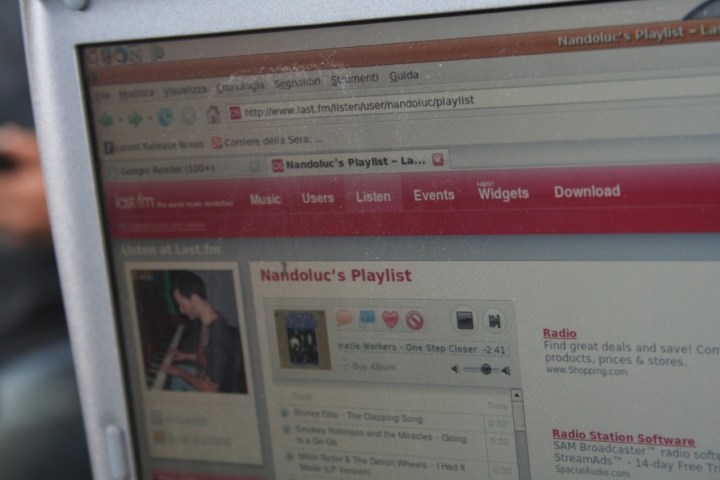
LeakedSource, a data breach and hacking notification site, says it has obtained a copy of the hacked database. The site was originally breached in March 2012, which led the company to send out a password reset notification to its users, but it’s only now that the full scale of the hack is rearing its ugly head.
After analyzing and verifying the data, LeakedSource published its findings Thursday. It says the data includes usernames, hashed passwords, email addresses, and the date the user signed up to the site and/or the newsletter, as well as advertising data.
Perhaps most alarming is the hashed password data, which was secured with the MD5 hashing algorithm. MD5 has been considered outdated for a number of years. In 2012, the year of this hack, the original author of the algorithm wrote that it was no longer safe to us. As far back as 2005, a cryptographer wrote that MD5 was “broken”.
The case bears similarity to the Dropbox hack, details of which emerged Wednesday. Passwords were protected with SHA-1, another hashing algorithm that is becoming more and more outdated as computing power gets stronger.
In the case of Last.fm, LeakedSource was particularly alarmed by the use of MD5. “This algorithm is so insecure it took us two hours to crack and convert over 96 percent of them to visible passwords,” LeakedSource said, adding that it recently invested more into its own password-cracking capabilities for testing purposes.
The site also published a list of some of the most commonly used passwords it found and it doesn’t make for encouraging reading. The three passwords at the top of the list were “123456,” “password,” and “lastfm.”
Last.fm has yet to respond to the new details.


